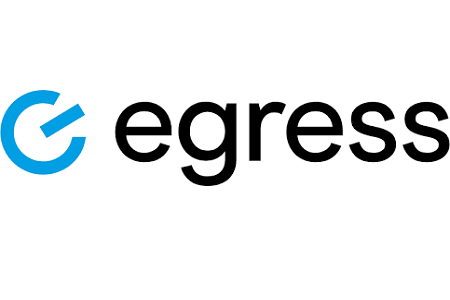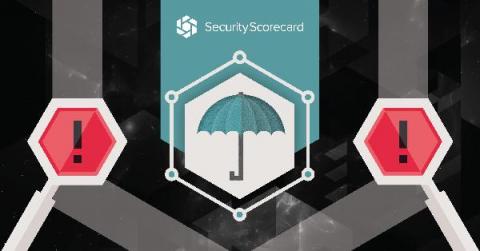First-Party vs Third-Party Cyber Insurance: What's the Difference?
Often it's not a question of if your business will experience a data breach, but when. Hackers are always looking for new ways to take advantage of weak networks or trick employees into falling prey to their schemes. And if your business operates computer systems or handles sensitive data regularly, you are at risk. Having the right insurance coverage to provide aid in the event of a cyber attack can save your business from expensive lawsuits and reputational damage.











